Instability in Iran
Following the November 15 hike in gasoline prices (from 11,000 to 20,000 Iranian rials per liter), a wave of street protests began in cities across Iran, in many places turning into riots. Rioters set fire to banks, shops, gas stations and clashed with police. There are reports that some of the belligerents opened fire on law enforcement officers with firearms. There are reports that between 100 and 200 people have already died in clashes with the police. Against this chaotic background, authorities have shut down the Internet, which is why there is still no reliable data on the extent of the unrest.
According to President Hassan Rouhani, the riots were organized by the US and Israel, and are intended to undermine Iran’s security. As far as the gasoline price increases, the ostensible cause of the protests, Rouhani explained that the decision was “aimed at achieving self-sufficiency and social justice. The government has already promised to provide financial assistance to those segments of society most affected by the high cost of gasoline.”
The Islamic Revolutionary Guard Corps (IRGC) – accused protesters of trying to foment a civil war and threatened with reprisals if the unrest continues.
A message to the Iranian people from U.S. Special Representative to Iran Brian Hook. #IranProtests pic.twitter.com/UkCuJtclVz
— Department of State (@StateDept) November 19, 2019
The US and Saudi Arabia has welcomed the protests (‘ The US supports the Iranian people in their peaceful protests and condemns the use of force against demonstrators, White House spokesman Stephanie Grisham said in a statement released on Sunday.’). France and Germany also expressed their solidarity with the demonstrators.
Representative of the Iranian Foreign Ministry Abbas Musavi said that he considers the U.S. statement on protests in Iran as interference in the country’s affairs. Prior to that, US State Department spokeswoman Morgan Ortagus said that Washington condemned the alleged attempts of Tehran to shut down the Internet in the country against the background of protests, as well as the US’ support for the “long-suffering Iranian people.”
The US State Department on Saturday called on Facebook, Instagram and Twitter to suspend the accounts of Iranian government leaders until Tehran re-establishes internet coverage throughout the riot-torn country.
The Iranian protests are taking place within a context of escalating tensions between Iran and the West. There is some similarity between Iranian riots and the what happened in Turkey on Taksim square in 2013. The same strategies are being employed by the same social network methods used in coloured revolution. While there are legitimate reasons for the people’s demands for more rights and better solutions to social problems, all the signs are present indicating manipulation from abroad. If we consider Taksim’s case it is now clear that it was the beginning of the process that led to the coup in 2016. Obviously, there are strong differences between the Turkish democratic system and Iranian theocratic rule, however, in both cases, we see a combination of naturally arising causes and those stoked artificially from the outside. If the protests are not quelled, the coup d’etat so desired by the enemies of the Ayatollah’s regime could become a reality.
Hong-Kong protests and elections
On November 24, Hong Kong residents elect 452 people to county councils. While these elections usually do not attract much attention, this time they made headlines, as they had been preceded by several months of widespread unrest in Hong Kong. Mass protests have been going on in the area since June.
The protests were formally motivated the intention of the city authorities to amend a law on extradition to allow for the expulsion of suspected criminals to countries without an agreement with Hong Kong, including mainland China. Due to the protests, the adoption of these amendments was postponed and eventually cancelled. However, the protests, which have been accompanied by clashes between demonstrators and the police, have continued with new demands, in particular, the introduction of a direct election management system in the administrative district.
Stratford notes that “The election’s outcome will serve as a referendum on public support for Hong Kong’s embattled government and the protest movement. ‘’
China has been moderate in its approach to this situation. It has not turned to direct repression and has acted with respect to democratic principles. The mainland’s mild attitude has reinforced the protesters, whose movement is deeply supported by the West. While it seemed that China has not excluded more radical responses, such initiatives are currently on the backburner. Knowing the iron will of Хi Jinping’s China when it comes to assuring Chinese regional hegemony, Hong Kong has little chance of escaping Bejing’s control despite all appearances. The Chinese armed forces have surrounded Hong Kong awaiting a formal order to step in and and create another ‘Tiananmen square’ scenario.
Iraq protests and Pence’s surprise visit
The ongoing protests and Iraq are more and more focused on opposing Iranian influence. At the same time, the protesters have a nationalist orientation, and are opposed to US influence (and even Turkish) influence.
The protests are in support of a sovereign religious Shiite line in Iraq.
At the end of October, against the backdrop of massive protests that swept across Baghdad and a number of Iraq’s southern provinces, the Prime Minister promised to reshuffle the government and change the election law. He announced that possible constitutional changes that could reduce the number of parliamentarians are being explored. In turn, Iraqi President Barham Saleh said he agreed to an early vote on the new election law.
Recently, US Vice President Mike Pence arrived in Iraq on an unannounced visit to meet with South Kurdistan President Nechirvan Barzani in Erbil (after visiting the US military). The vice president’s visit, according to the globalist media, was part of an effort to “calm down” US allies after Washington announced the withdrawal of troops from Syria, and the Turkish army began an offensive on Kurdish troops in the country. The agency, citing a high-ranking US official, wrote that Pence’s visit is intended to reassure the Trump administration of its commitment to the alliance with the Kurds in the fight against the Islamic State, as well to assure the government is “paying attention to foreign policy” against the backdrop of the “impeachment drama” unfolding in Washington.
During his visit, Pence visited the Al-Assad military airbase, with which the Americans began an operation to liquidate IS head Abu Bakr al-Baghdadi, and also discussed the protest situation in the country over the phone with Iraqi Prime Minister Adel Abdel Mahdi.
Recently, the US transferred a significant part of its troops from northern Syria to Iraq. This move led to condemnation by Syrian and Iraqi Kurds, many of whom viewed the withdrawal as a “betrayal of the allies.”





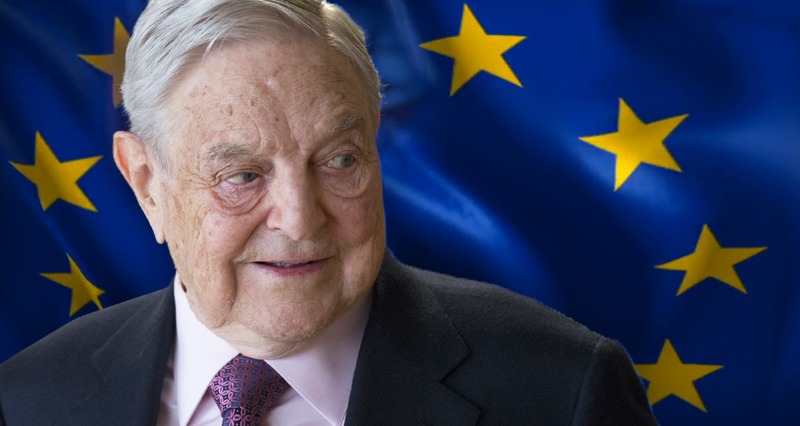

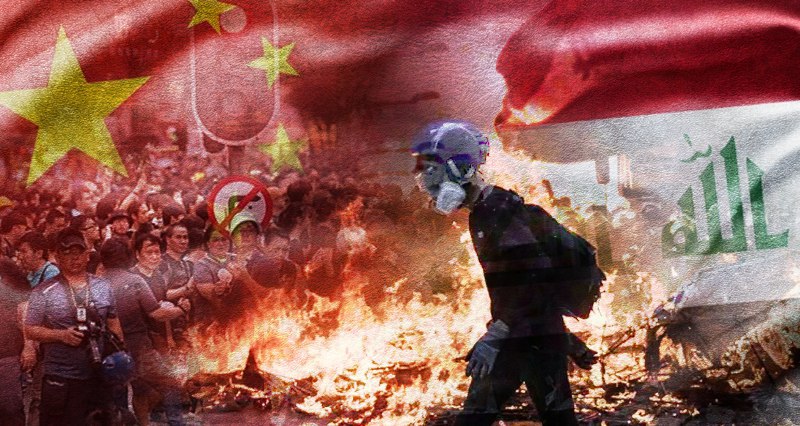
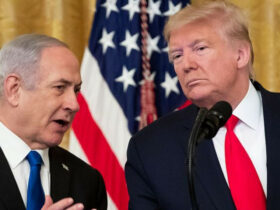
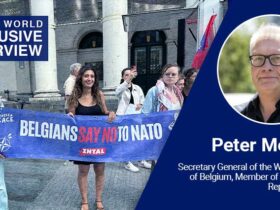
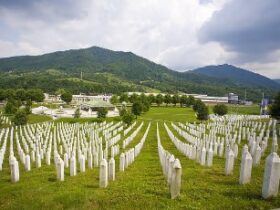

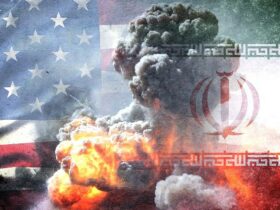
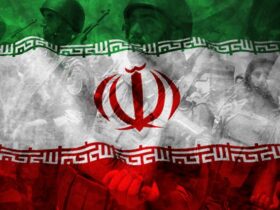
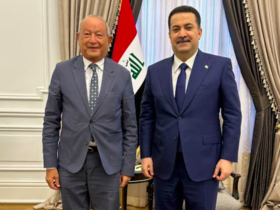
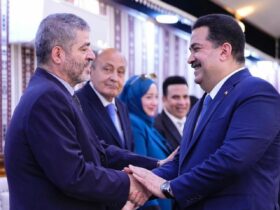

Leave a Reply